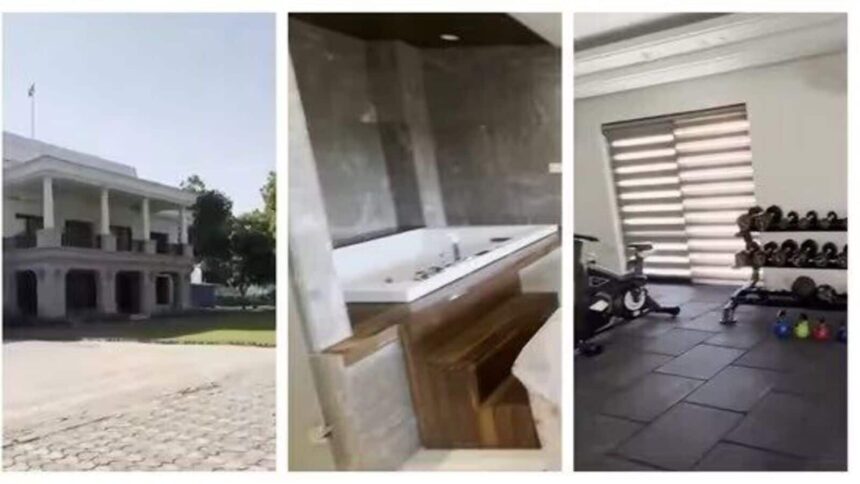The "Sheesh Mahal" Controversy: A Deep Dive into the Audit of Arvind Kejriwal’s Official Residence
In recent months, the renovation of the official residence of former Delhi Chief Minister Arvind Kejriwal has sparked widespread controversy, culminating in what is now known as the "Sheesh Mahal" debacle. An audit has revealed extravagant expenditures on various items within the residence, igniting debates about government spending and accountability leading into the upcoming Delhi elections in 2025.
A Look at the Expenditures
At the heart of the controversy is a staggering audit report detailing expenditures that skyrocketed the renovation cost of Kejriwal’s official residence at 6, Flag Staff Road. Initially estimated at ₹7.91 crore in 2020, the final bill reached an astounding ₹33.66 crore by the completion of the project in 2022—a price tag nearly four times greater than the original estimates.
The audit, which was conducted by the Comptroller and Auditor General (CAG) at the time, Girish Chandra Murmu, outlined luxurious expenditures that included:
- Curtains: Main and sheer curtains valued at ₹96 lakh.
- Kitchen Equipment: Kitchen installations costing ₹39 lakh.
- Minibar: A minibar priced at ₹4.80 lakh.
- Silk Carpets: Expensive silk carpets summing up to ₹16.27 lakh.
- Floor Tiles: Originally estimated at ₹5.5 lakh, the cost soared to ₹14 lakh.
- TV Console: An installation costing ₹20.34 lakh.
- Fitness Equipment: A treadmill and gym equipment totaling ₹18.52 lakh.
Additional items include an extravagant dining table at ₹4.80 lakh, faux leather cladding at ₹5.45 lakh, and a lavish L-shaped sofa at ₹6.40 lakh. The sheer variety and cost of the items have led to public outrage and questioning of the spending priorities of government officials.
The Additional Costs
The audit further elaborated on the allocation of ₹18.88 crore of the total ₹33.66 crore expenditure for “items of superior specification, artistic, antique, and ornamental items,” which were categorized as “extra items” that deviated from the original contract.
Noteworthy additions include a prefabricated lift and sliding doors costing ₹61 lakh, high-grade marble, and luxurious bathroom fittings like prefabricated bathtubs and glass enclosures. The opulence depicted in the audit report has triggered accusations of mismanagement and misuse of public funds.
Political Responses and Implications
In the wake of this controversy, Prime Minister Narendra Modi took a jab at Kejriwal during the inauguration of major development projects for Delhi. He insinuated that Kejriwal opted for a "Sheesh Mahal" while neglecting the needs of the common people. This statement reflects a sharp political rivalry and highlights social discontent over perceived elitism among public servants.
In response, Kejriwal defended himself by contrasting his purported extravagance with Modi’s own luxurious lifestyle, referring to the Prime Minister’s high-cost personal assets, including a multi-crore house and lavish travel expenses.
Conclusion
The "Sheesh Mahal" controversy is a multifaceted issue encapsulating extravagant government expenditures, political rivalry, and public accountability. As the 2025 Delhi elections loom closer, the implications of this controversy may play a significant role in shaping the political landscape. Voters will undoubtedly be watching how current and potential leaders respond to these revelations of spending, creating a critical discourse around transparency and the management of public resources.
The ongoing backlash serves as a reminder for public officials to exercise greater prudence and accountability, especially in a political climate that is increasingly focused on governance, integrity, and the real needs of citizens. The challenge lies ahead for all parties involved to address public concerns and redefine priorities that resonate with the electorate.









